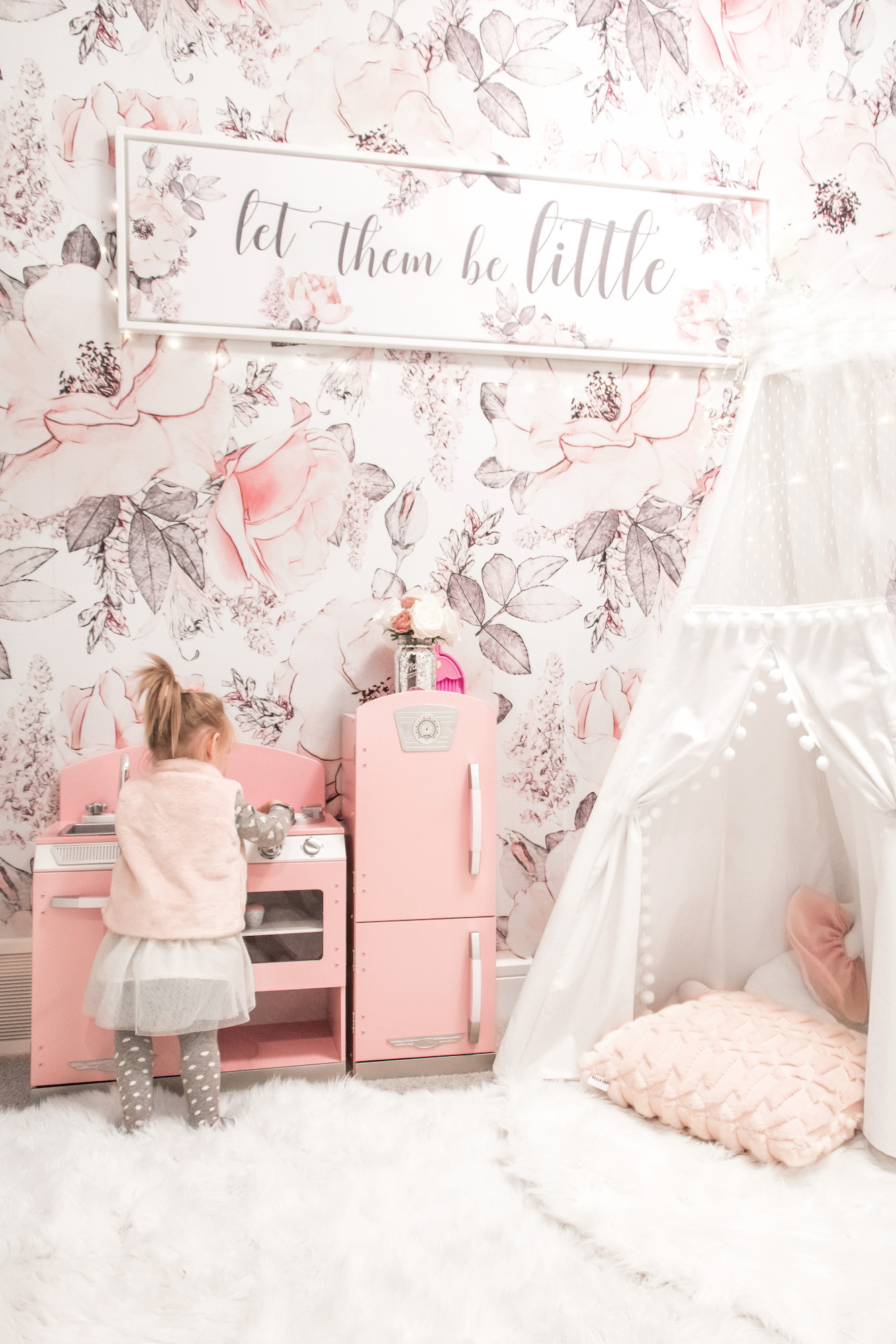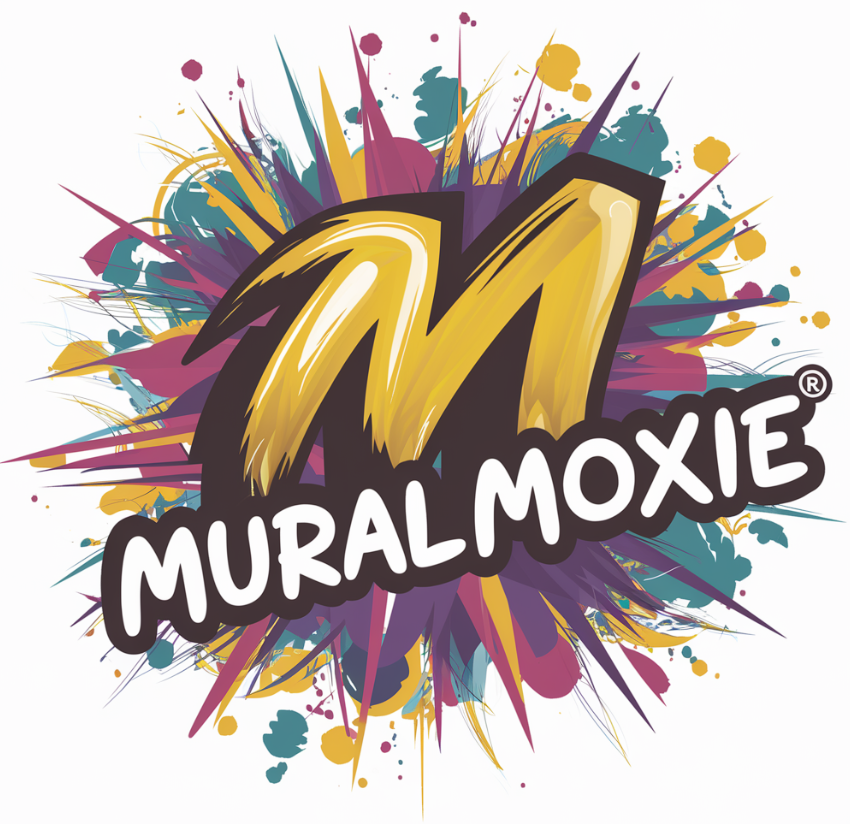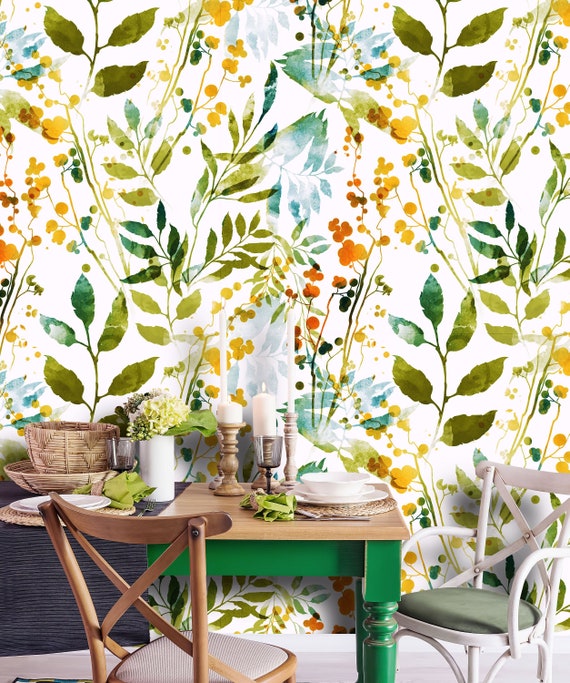Peel and stick murals are a popular choice for home decor due to their ease of application and variety of designs. However, maintaining their appearance and longevity requires proper cleaning techniques. This article will guide you through the best cleaning products and methods for different types of peel and stick murals, ensuring they remain vibrant and beautiful for years to come.
II. Understanding Peel and Stick Murals
Peel and stick murals come in various materials, each with unique characteristics and cleaning needs. Here are the most common types:
- Vinyl Murals: Durable and water-resistant, ideal for high-traffic areas.
- Fabric Murals: Soft and textured, offering a luxurious look but requiring gentle care.
- Non-Woven Murals: Made from a blend of natural and synthetic fibers, these are breathable and easy to install.
Common Issues with Dirty Murals
Dirty murals can detract from the overall aesthetic of a room. Common issues include:
- Dust: Accumulates over time, dulling the mural’s appearance.
- Grease: Often found in kitchens, can be tough to remove.
- Fingerprints: Especially noticeable on darker murals.
III. General Cleaning Tips for Peel and Stick Murals
Before diving into specific cleaning products, it’s essential to follow some general cleaning tips:
- Dust Regularly: Use a soft, dry cloth or a duster to remove surface dust.
- Test Cleaning Products: Always test any cleaning product on a small, inconspicuous area first to ensure it doesn’t damage the mural.
- Avoid Abrasive Cleaners: These can scratch or damage the mural’s surface.
IV. Best Cleaning Products for Vinyl Murals
Vinyl murals are durable and relatively easy to clean. Here are the best products to use:

Mild Soap and Water Solution
- Ingredients: Mild dish soap and warm water.
- Method: Mix a few drops of soap in a bowl of warm water. Dip a soft cloth into the solution, wring it out, and gently wipe the mural.
Rubbing Alcohol (70%)
- Ingredients: 70% rubbing alcohol.
- Method: Apply a small amount of rubbing alcohol to a soft cloth and gently rub the stained area. This is effective for tougher stains like ink or crayon.
Avoid Abrasive Cleaners
- Reason: Abrasive cleaners can scratch the vinyl surface, leading to permanent damage.
V. Best Cleaning Products for Fabric Murals
Fabric murals require a gentler touch. Here are the recommended products:
Gentle Detergent and Water
- Ingredients: Gentle laundry detergent and water.
- Method: Mix a small amount of detergent with water. Use a soft sponge or cloth to apply the solution, then blot the area with a dry cloth.
Using a Soft Sponge or Cloth
- Reason: A soft sponge or cloth prevents damage to the fabric’s texture.
Avoiding Excessive Moisture
- Reason: Excessive moisture can lead to mold or mildew growth.
VI. Best Cleaning Products for Non-Woven Murals
Non-woven murals are relatively easy to clean. Here are the best products to us browse around here e:
Mild Soap and Warm Water
-
- Ingredients: Mild soap and warm water.
- Method: Mix a small amount of soap with warm water. Use a microfiber cloth to gently clean the mural.
Using a Microfiber Cloth
- Reason: Microfiber cloths are gentle and effective at picking up dirt without scratching the surface.
Ensuring Proper Drying
- Reason: Proper drying prevents mold and mildew growth.
VII. Specialized Cleaning Techniques
Different stains require different cleaning techniques. Here are some specialized methods:
Removing Specific Stains
- Grease: Use a mixture of baking soda and water to form a paste. Apply the paste to the stain, let it sit for a few minutes, then wipe it off with a damp cloth.
- Crayon: Apply a small amount of rubbing alcohol to a cloth and gently rub the stained area.
- Ink: Use a cotton ball soaked in rubbing alcohol to dab the stain.
Using Household Items
- Vinegar: Mix equal parts vinegar and water for a natural cleaning solution.
- Baking Soda: Effective for removing grease and other tough stains.
- Cornstarch: Can be used to absorb grease stains before cleaning.
Tips for High-Traffic Areas and Kitchens
- Regular Cleaning: High-traffic areas and kitchens require more frequent cleaning to prevent buildup.
- Protective Measures: Consider using a clear protective coating on murals in these areas to make cleaning easier.
VIII. Eco-Friendly Cleaning Options
Eco-friendly cleaning products are not only better for the environment but also safer for your home. Here are some options:
Benefits of Using Eco-Friendly Products
- Non-Toxic: Safe for children and pets.
- Biodegradable: Break down naturally, reducing environmental impact.
Homemade Cleaning Solutions
- Vinegar and Water: Mix equal parts vinegar and water for a natural cleaning solution.
- Baking Soda Paste: Mix baking soda with water to form a paste for tough stains.
Biodegradable Cleaning Agents
- Plant-Based Cleaners: Look for cleaners made from plant-based ingredients.
- Eco-Friendly Brands: Brands like Seventh Generation and Method offer eco-friendly cleaning products.
IX. Maintenance Tips for Longevity
Regular maintenance is key to keeping your peel and stick murals looking their best. Here are some tips:
Regular Dusting and Light Cleaning
- Frequency: Dust and lightly clean your murals at least once a month.
- Tools: Use a soft cloth or duster.
Avoiding Direct Sunlight and High Humidity
- Reason: Direct sunlight can cause fading, and high humidity can lead to mold growth.
Periodic Inspections and Touch-Ups
- Frequency: Inspect your murals every few months for any signs of damage or wear.
- Touch-Ups: Use matching paint or markers to touch up any small areas of damage.
X. Conclusion
Proper cleaning and maintenance are essential for keeping your peel and stick murals looking vibrant and beautiful. By using the right cleaning products and techniques, you can ensure your murals remain a stunning feature in your home for years to come. Remember to follow the general cleaning tips, use the recommended products for each type of mural, and consider eco-friendly options for a safer and more sustainable home environment.

Meet Hi there! I’m Jason Noon, a passionate Product Consultant specializing in mural design and customization. Welcome to MuralMoxie, where creativity meets craftsmanship. My journey into the world of murals began over a decade ago. I started as a graphic designer, but my love for large-scale art installations quickly took over.


